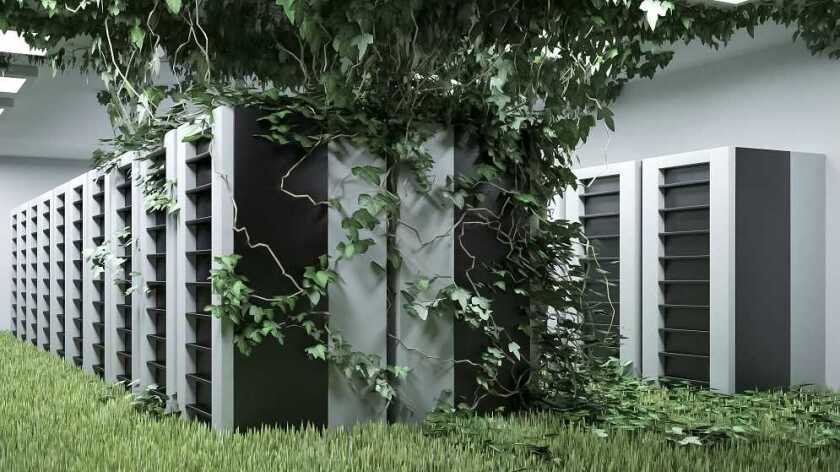Sustainability is not just good for the environment, it’s good for business. In fact, for years, one of the factors driving this highly competitive industry has been the need to keep operating costs to a minimum. With energy accounting for much of the opex within any facility, the savings achieved by improving energy efficiency transfer immediately to the bottom line.
Customers and tenants are also driving transformative change. The hyperscalers, who represent around 80% of colocation take up, have pledged to be net zero carbon across their entire business by 2025-2030 and as a result they are demanding that their operators deliver their services as sustainably as possible. A recent report by 451 Research and Schneider Electric found that 57% of colocation providers believe efficiency and sustainability will be highly important competitive differentiators within the next three years, while customer expectations were the biggest single driver for initiatives aimed at improving sustainability.
Although a combination of customer demand and cost-saving imperatives might be thought of as sufficient to adopt a laissez-faire approach to data centre sustainability, the Climate Neutral Data Centre Pact 2030 announced by the European Commission has been well received by cloud and colocation operators alike. In response, the European Data Centre Association (EUDCA) and Cloud Infrastructure Providers in Europe (CISPE) have drafted the self-regulatory initiative. I believe this will undoubtedly drive sustainable progress within our industry and help many operators take steps to reach climate neutrality.
The self-regulatory initiative mandates that all new data centres built in Europe will meet an annual power usage effectiveness (PUE) rating of 1.3 or 1.4, depending on climate region, by 2025. Although this is potentially more challenging for legacy facilities, existing data centres will also aim to achieve the same targets by 2030. My belief is that this initiative should be welcomed and has been for many of us, a work in progress.
Organisations such as Schneider Electric, the EUDCA and techUK have long championed service providers in their attempts to improve efficiency and sustainability. But, it is crucial that the agreed adoption and roadmap is followed under a systematic and unified process, and truly helps the sector reach its goal of carbon neutrality. Doing so will require a delicate balance between reducing opex and rewarding capital investments in technology and procedures to achieve that goal.
Although the benefits of energy efficiency, lower cost and reduced carbon emissions are self-evident, the data centre industry is capital intensive by nature, especially during the start up phase. Signatories to the pact can be assured that those who invest in ultra-efficient technologies and solutions to boost sustainability, thereby impacting short-term profitability, will not be disadvantaged by competitors who do not. In fact, there’s an argument to say there’ll be a long-term, first mover advantage.
Numerous challenges remain however. The pact refers to data centres in general and does not distinguish between hyperscale facilities and smaller sites at the edge of the network. Clearly it is desirable that centralised data be housed in large facilities, which are designed to be highly efficient from the outset.
The reality is that edge computing is a high-growth market sector, where edge facilities must today be hyperscale-grade in terms of efficiency, security and resilience. The challenge to upgrade legacy data centres built to less stringent standards of efficiency and sustainability is another key consideration, and one wonders if the Climate Neutral Data Centre Pact will fast-track modernisation programmes?
Schneider Electric has collaborated with European operators on their journey to climate neutrality for many years, but now we must help them to think holistically and outside of the constraints of traditional design and build. This includes ultra efficient technologies, site selection, design, deployment and renewable strategies, but also modernisation strategies to drive the next evolution of sustainable data centres.
Operators are of course taking small but steady steps already, upgrading existing facilities with improvements to cooling efficiency; deploying energy efficient power protection systems such as highly efficient and flexible Lithium Ion Uninterruptible Power Supplies (UPS), digitising their operations and adopting more sustainable policies with regard to sourcing renewable energy and water usage.
The Climate Neutral Data Centre Pact and self-regulatory framework are a positive step forwards for everyone in our industry and will help us on a unified journey and a common goal towards net zero operations by 2030.





